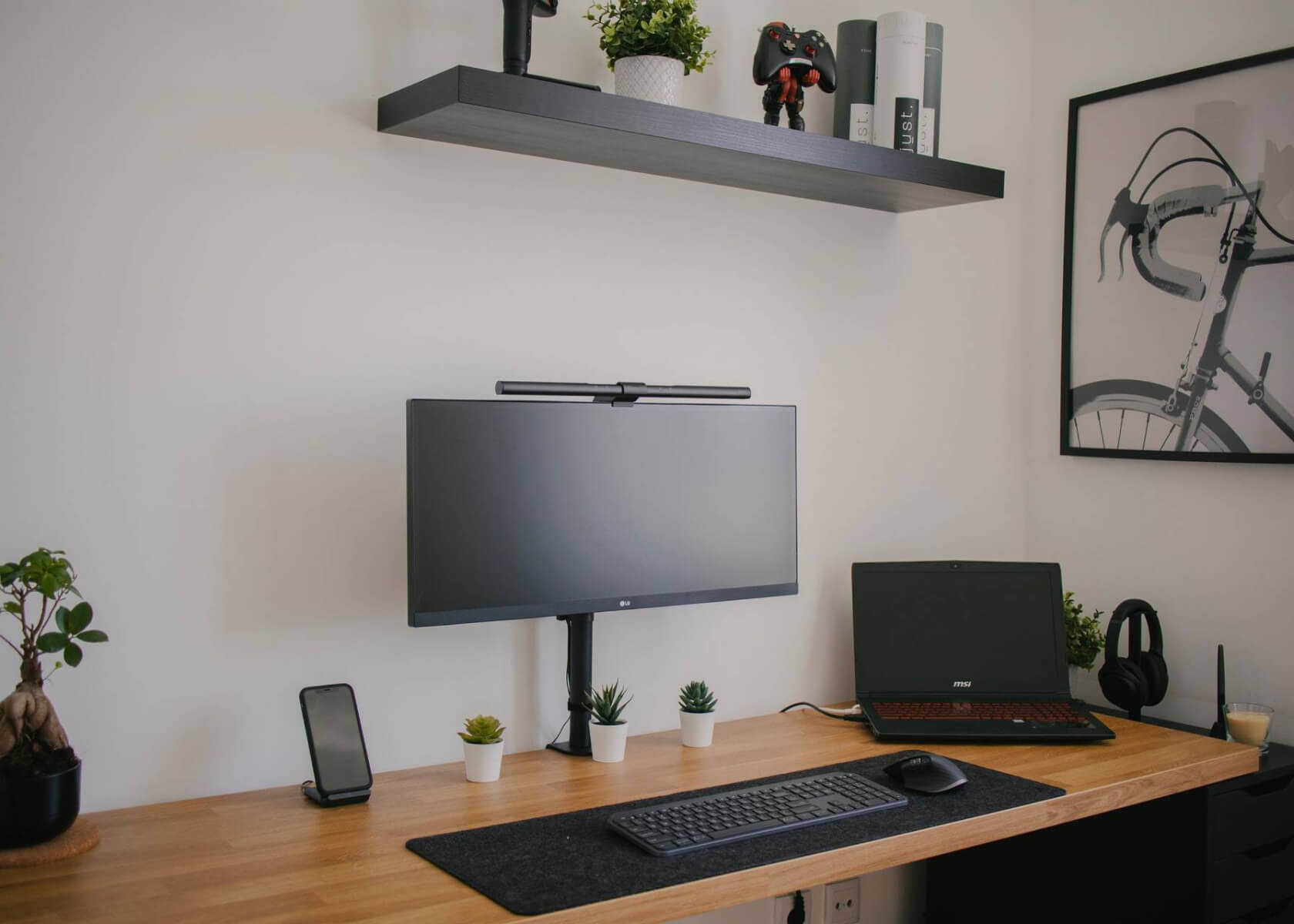Designing a Notion Template: Journaling and Note-Taking for Recipe, Culinary Experiences, and Food Exploration

New to Notion?
How to Design a Notion Template for Food Journaling and Note-Taking
Food journaling and note-taking are essential for Culinary enthusiasts who want to document their recipes, culinary experiences, and food explorations. Notion is a versatile productivity tool that now features enhanced database capabilities, flexible views, in-depth integration options, and even AI assistance to help you organize your data. In this article, we’ll walk you through designing a Notion template specifically for food journaling and note-taking that reflects current Notion features and best practices.
Step 1: Determine Your Data Structure
Before diving into your template design, it’s important to map out the key components of your food journal. Consider including these elements:
- Recipes: Create a database to store your favorite recipes. Include fields such as recipe name, ingredients, instructions, cooking time, and additional notes or variations.
- Meal Log: Set up a page or database to record the meals you’ve prepared or enjoyed. Add fields for the date, meal name, location, description, rating, and relevant tags.
- Restaurant Reviews: If you enjoy exploring new dining spots, dedicate a section to your restaurant reviews. Record the restaurant name, location, ambiance, service, and a rating system.
- Ingredient Inventory: Manage an inventory of ingredients on hand. This helps you track what’s running low and plan meals efficiently.
- Wishlist: Keep a list of recipes, ingredients, or restaurants you plan to try in the future.
Step 2: Create Your Notion Template
With your data structure in mind, follow these steps to design your template:
- Create a New Page: Start by creating a new page in Notion and give it a fitting title like "Food Journal."
- Add a Table of Contents: Enhance navigation by adding a table of contents at the top of your page. This makes it easy to jump directly to different sections.
- Set Up Databases: Create separate databases for each system component—such as "Recipes," "Meal Log," and "Restaurant Reviews." This keeps your information organized.
- Define Database Properties: Customize each database with the fields tailored to your needs. For example, the Recipes database should include properties like
Recipe Name,Ingredients,Instructions, andNotes. - Configure Views: Experiment with different views. Use Table View for a detailed data-centric layout, Gallery View for a picture-focused display, or Calendar View to track meal dates. You can create multiple views within a database to suit different purposes.
- Attach Images: Make your template more engaging by adding images to each entry. Upload pictures of the finished dish, the restaurant exterior, or ingredients to add visual context. Check out this guide on making your template visually appealing.
- Create Relations: Enhance your template by linking related entries—for example, connect a recipe entry to a specific meal log or a restaurant review. These relational databases improve data accessibility.
- Add Tags and Filters: Use tags and filters to organize your entries. This allows for easier retrieval based on criteria like type of cuisine, preparation method, or rating.
- Personalize Templates: Customize the layout, colors, fonts, and icons to reflect your personal style. With Notion’s range of customization options, your food journal can be both functional and visually appealing.
Step 3: Optimize Your Workflow
To get the most out of your Notion template, keep these tips in mind:
- Use Templates: Save recurring entries as templates. Whether it’s a new recipe or a restaurant review, using preset templates speeds up data entry.
- Utilize Linked Mentions: Take advantage of Notion’s linked mentions to create cross-references between related content. This connectivity helps build a comprehensive network of information.
- Incorporate Task Management: If you enjoy meal planning or tracking culinary goals, integrate task management features into your food journal. Create to-do lists, set
Reminders, and track progress. For more ideas, check out these meal planning and task management templates. - Explore Notion AI Integration: Notion’s AI can help automate routine tasks and generate creative recipe ideas. Experiment with the AI assistant to further streamline your workflow.
- Collaborate and Share: Notion makes collaboration simple. Invite friends or family members to contribute and enhance your food journaling experience with shared insights and collective creativity.
Conclusion
Designing a Notion template for food journaling and note-taking provides a modern and comprehensive way to document your culinary adventures. By customizing your template with dedicated databases for recipes, meal logs, restaurant reviews, and more, you create a personalized food journal that scales with your needs. Take advantage of current Notion features—from enhanced views and relational databases to task management and AI integrations—to build a template that not only tracks your culinary experiences but also inspires future creations. Happy journaling!


